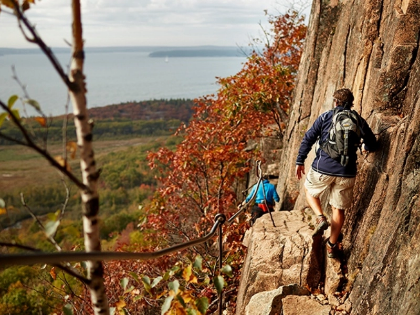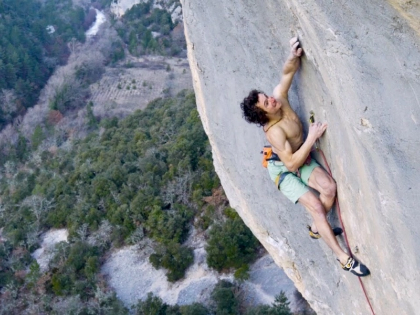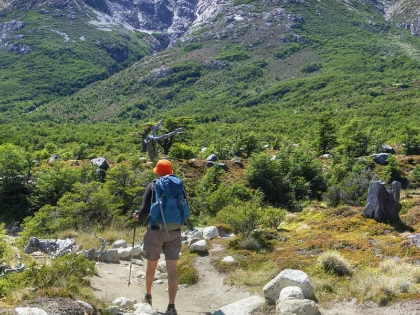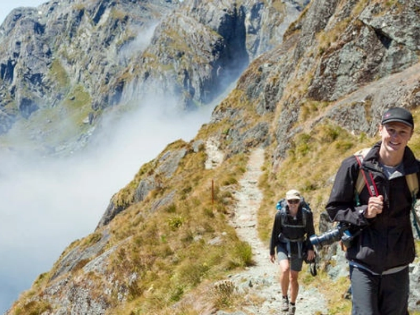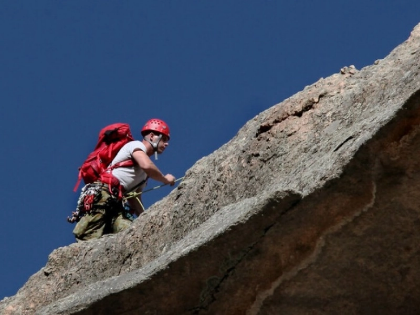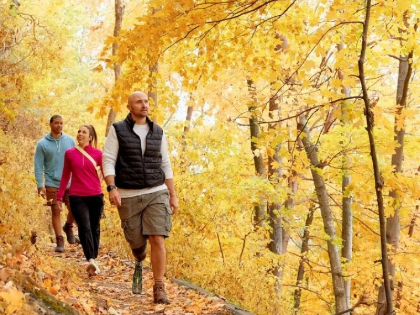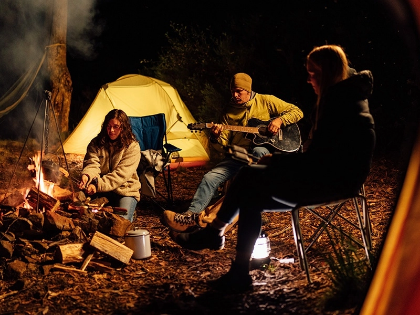Does Weight Affect Climbing Performance?
The activity is accessible to climbers of all sizes and forms. It's a really skill-oriented sport. Believing that a specific body type is "right" for climbing is erroneous.
It's true that the most skilled climbers are typically slender and lack significant muscle, but it's because they are athletes. All day, they exercise their bodies.
Power
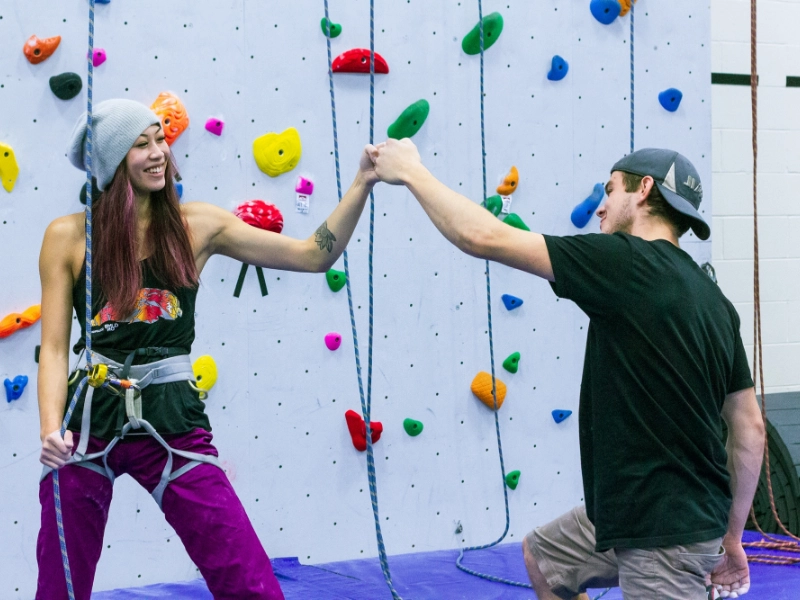
Engaging in climbing is an excellent way to strengthen your entire body, especially your arms and back muscles. It thereby burns a significant amount of calories.
Research on climbers has demonstrated that power-to-weight ratio—rather than body weight—is a far more significant component in climbing performance. Although training can help, genetics still plays a major role in this.
Combining several workouts is one of the finest strategies to train and increase your strength-to-weight ratio. In addition to improving your overall strength, this will also help you improve your balance, which is another crucial aspect of rock climbing.
Your climbing ability may also be impacted by your past athletic experiences and training regimen. For example, it will be more difficult for someone who has done bodybuilding in the past to adjust to the demands of rock climbing. Additionally, it's a good idea to stay away from high-rep training in excess, as this can cause injury and excessive muscle exhaustion.
In charge
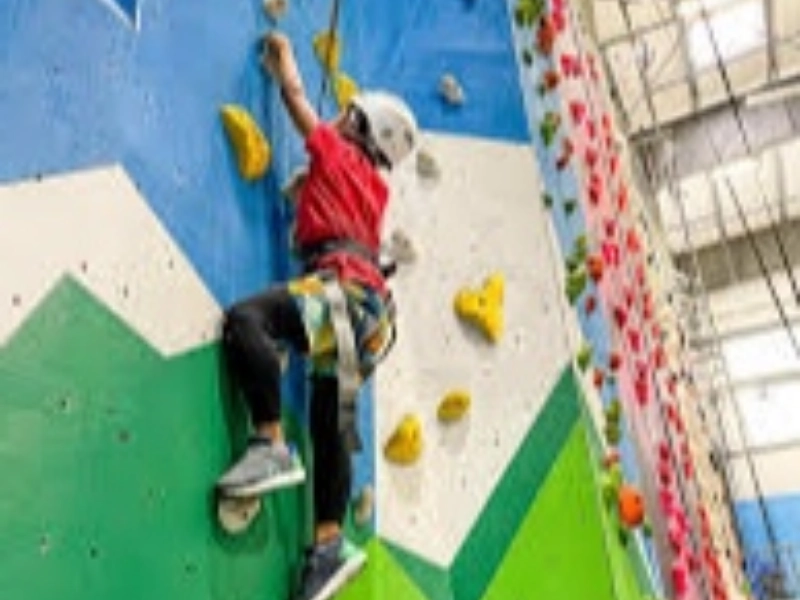
Since climbing involves defying gravity, it makes sense that the path will be more difficult the more weight you must support on the rock. Due to the fact that excessive body mass makes it more challenging to meet the physical demands of the activity, many climbers, especially those who are not in the under-30 male population, find it difficult to perform at the same level as the lighter climbers.
Certain untrainable traits, like height, are disadvantageous, while other traits can be trained to improve. One way to enhance a climber's dynamic weight-shifting skills is by implementing timed rope climbs. This involves practicing moving from one foothold to another rapidly and smoothly.
To support their training programs, climbers must maintain a sufficient degree of general physical condition. This will guarantee that the body can handle the strain of rigorous climbing exercise and quick recovery.
Delicacy
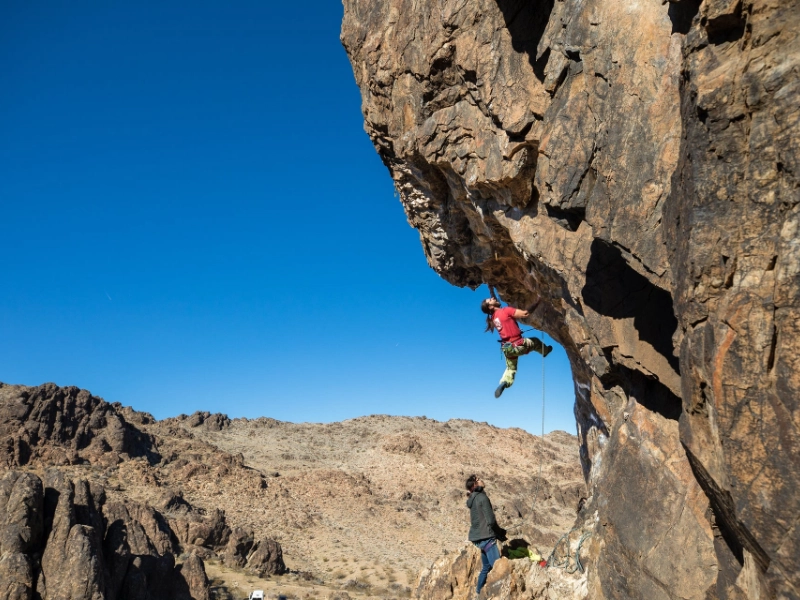
For a lot of climbers, mastering challenging climbs requires a delicate touch. This is made easier by having strong shoulders because controlled power is essential for learning climbing methods.
A key component of elegance is body positioning. Clutching at holds with all of your might is a common mistake that wastes energy and might cause you to lose control. You can climb more effectively and conserve energy for your next move by understanding how to apply body positioning strategies and adapting them to various climbing styles.
For instance, overhangs require a range of hand and foot placement strategies in addition to core engagement. Furthermore, perfect weight distribution on tiny footholds is necessary for slab climbing. Increasing the variety of your footwork techniques will help you avoid injuries and save energy.
Mass
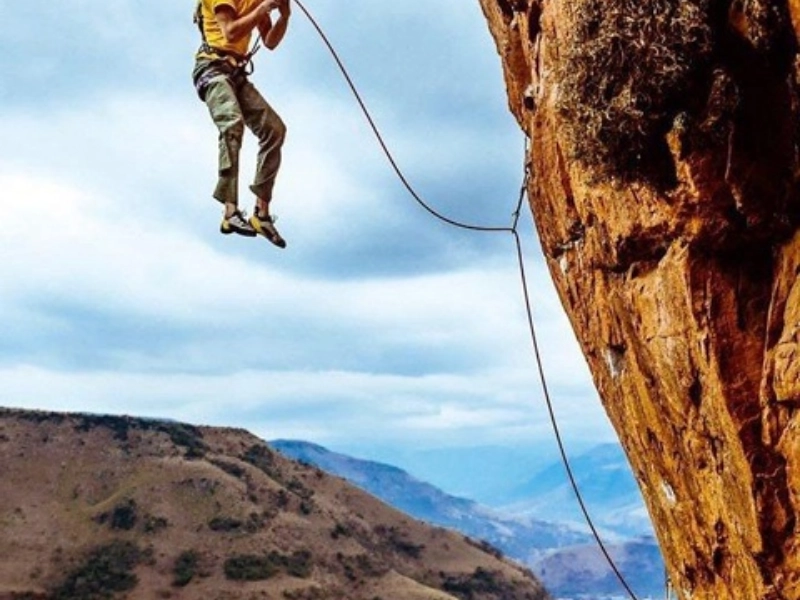
Although some climbers attribute their difficulties to their weight, skill is often the key. For instance, a skilled climber is able to dynamically shift their weight between the two feet (usually the foot and leg on the opposite side). It is crucial to focus on aligning your hips over the foot that will serve as your motion point—that is, the point at which you push up with that leg during a move—as the space between the footholds gets closer together.
Additionally, it's crucial to avoid training the incorrect muscles for climbing by avoiding workouts like bicep curls, which only target the isolated muscles and not the muscular groups utilized in a climb. The greatest climbing workouts emphasize strengthening the upper body and core over working out your biceps separately.
Finally, it's always a good idea to refrain from gaining excess weight too rapidly. This can hinder your efforts to become in shape for climbing and increase the risk of strained or ruptured tendons and ligaments, particularly as you climb higher grades.

